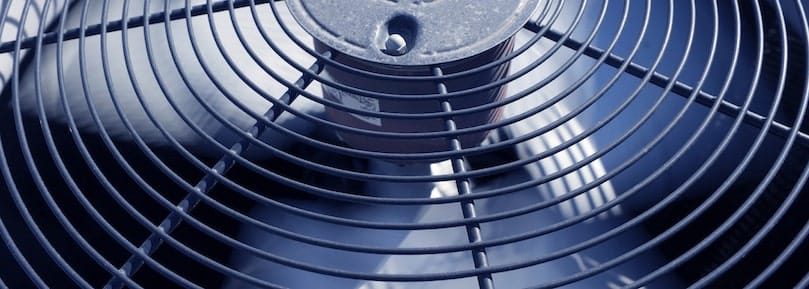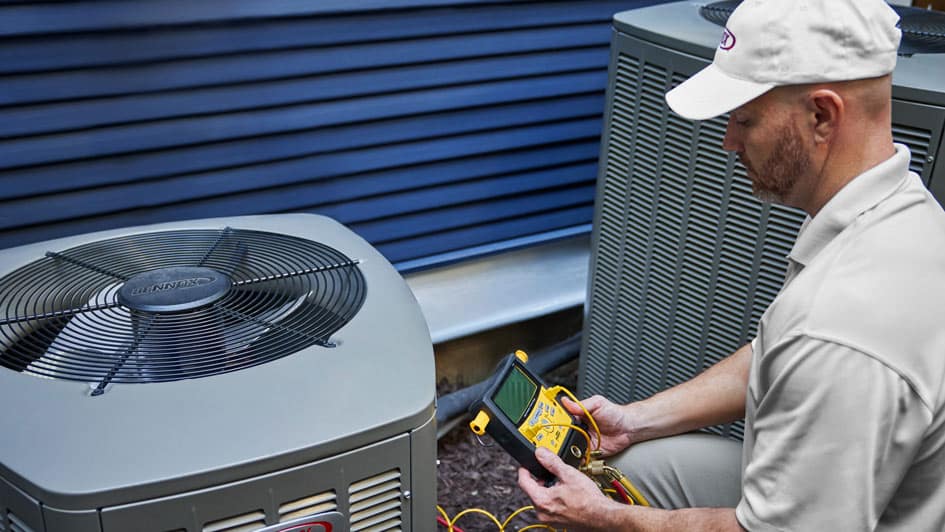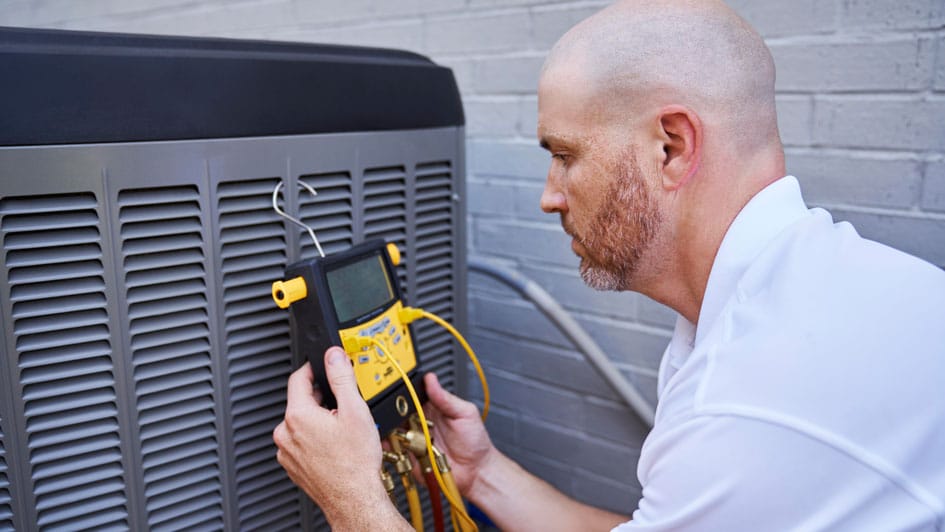
Understanding HVAC Ratings before an Air Conditioner Replacement
When it comes time for air conditioner replacement, the HVAC industry can feel like it’s full of acronyms and terms that may be a bit confusing. However, if you want to get the most out of all the research you’re doing, you’ll want to become familiar with some of the most common terms. A lot of the terms reference efficiency factors that can help you save money throughout the year. So next time you have to think about an air conditioner replacement, be sure to refresh your memory on these terms.
What is EER?
The EER, or energy-efficiency ratio, measures how efficiently the air conditioner will run when the outdoor temperature is at a defined level. The higher the EER rating, the greater the efficiency, so when you’re looking for air conditioner replacement be sure to try to find higher ratings so you can take advantage of all the savings they can bring you.
ENERGY STAR® Certification
Most consumers know about ENERGY STAR certifications, but rarely is it actually clarified. In 1992, the U.S. Environmental Protection Agency established ENERGY STAR to help consumers save money on their energy expenses and protect the environment by using more energy efficient products. ENERGY STAR certification is earned through rigorous third-party testing, and products must meet a defined number of requirements. So when it’s time for air conditioner replacement, make sure to look for the blue label with the ENERGY STAR logo on its packaging.
SEER – Seasonal Energy Efficiency Ratio
The Seasonal Energy Efficiency Ratio, typically stated as SEER, measures the cooling efficiency of your air conditioner or heat pump. Again, the higher the rating a product gets, the higher the energy efficiency. That also means more savings for you and a smaller impact on the environment. SEER ratings can greatly vary depending on the age of your current air conditioner, going from as low as 8 on older products, to today’s range of 13-23.
The most noticeable difference between EER and SEER is that SEER measures your air conditioner’s efficiency over an entire cooling season versus a single outdoor temperature like EER.
When looking for an air conditioner replacement, you’ll quickly realize that there are a lot more acronyms and terms than the three we’ve listed here, but these will give you a better understanding of a few common ones. To learn more about your air conditioner replacement selections or dig deeper in to the meaning of these terms, contact your local Abilene HVAC professionals at Abilene Air-Tech Inc.
Don't wait until your AC breaks down - get a professional maintenance check now.
Contact



